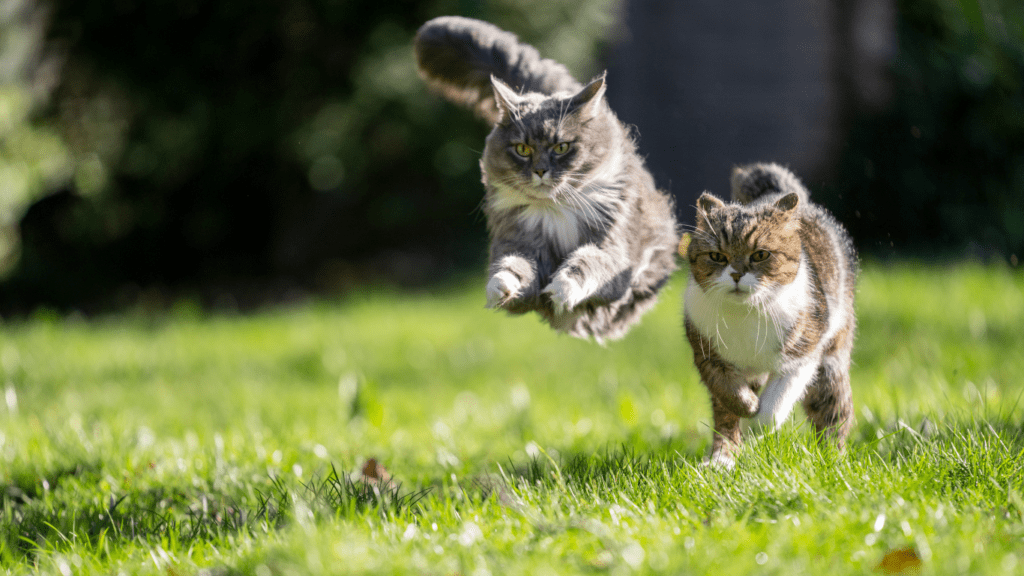Understanding the Importance of Physical Activity for Pets
Keeping pets active is crucial for their overall well-being. Regular exercise impacts both their physical and psychological health.
Physical Health Benefits
Exercise aids in maintaining a healthy weight in pets. Obesity poses significant risks, such as:
- diabetes
- joint issues
Active pets usually have better cardiovascular health.
Activities like running and fetching help strengthen their heart and muscles. Engaging in exercise also supports a pet’s digestive health, alleviating constipation and related issues.
Psychological Health Benefits
- Regular activity reduces pet boredom, which can lead to destructive behavior.
- Mental stimulation through varied exercises promotes positive behavior and emotional stability.
- Routine physical activities can relieve anxiety and stress in pets, promoting a more relaxed demeanor.
- Social interactions in pets who engage in regular exercise, as it improves their mood and reduces aggression.
Exploring Fun Exercises for Dogs

Ensuring dogs stay active and entertained prevents health issues and unwanted behaviors. Regular exercise keeps them both physically and mentally healthy.
Fetch Variations
Fetch’s a classic game that can be enhanced with variations to keep it interesting. Use different toys (balls, frisbees, rope toys) to change the dynamic.
Introduce obstacles to the retrieving path, like small hurdles, for added challenge. Play fetch in different environments like parks, beaches, or backyards. These variations stimulate dogs and offer them new experiences while keeping them fit.
Agility Training
Agility training builds physical strength and sharpens mental acuity. Create a course using tunnels, weave poles, and jumps. Start with basic elements and increase complexity gradually.
Use treats and positive reinforcement to encourage participation. Practice sessions of 15-20 minutes to maintain focus and avoid overexertion. This type of training also fosters better obedience and a strong bond with your dog.
Interactive Games for Cats
Cats thrive on mental and physical stimulation. Engaging interactive games can keep your feline friend entertained and healthy.
Laser Pointer Chase
Laser pointers provide endless fun. Cats love to chase the moving light, and it stimulates their hunting instincts. Ensure safety by avoiding direct eye contact with the laser. Sessions should last 10-15 minutes to prevent overexertion.
Interactive Toys
Interactive toys, like feather wands and motorized mice, captivate a cat’s attention. These toys mimic prey movements, encouraging a cat to pounce and chase. Rotate toys regularly to maintain interest and prevent boredom.
Exercises for Small Pets
Small pets, like hamsters and guinea pigs, need fun and safe exercises to stay active and healthy. These activities help prevent boredom and encourage natural behaviors.
Exercise Balls for Hamsters
Exercise balls provide hamsters with a safe environment to roam outside their cages. These transparent spheres let pets explore their surroundings without escaping.
Hamsters can build muscle strength and improve cardiovascular health by moving in these balls. Ensure supervision to avoid any obstacles or dangers.
Maze Runs for Guinea Pigs
Maze runs stimulate guinea pigs’ minds and bodies. Set up tunnels and barriers using cardboard or plastic to create a labyrinth. These mazes mimic the instinctual need to navigate and forage.
Guinea pigs can enhance their problem-solving skills and boost their physical activity levels. Supervise to ensure no trapped spaces and use treats as positive reinforcement to motivate them through the maze.
Exercises Suitable for All Pets
Engaging exercises benefit all pets by promoting health and happiness. Below are two versatile activities.
Hide and Seek
Hide and seek works for dogs, cats, and even smaller animals like rabbits. Hide treats around the house for your pet to find. This exercise stimulates their senses and natural foraging instincts.
Start with easy-to-find locations and gradually increase the difficulty. Supervise the game to ensure your pet doesn’t eat anything harmful by mistake.
Obstacle Courses
Obstacle courses provide a fun and challenging way to keep pets active. Use household items to create a simple course with tunnels, jumps, and climbing areas.
Dogs can benefit from agility training, while cats enjoy exploring high perches and tight spaces. Ensure the course is safe and suitable for your pet’s size and abilities. Supervision helps avoid accidents and keeps the experience enjoyable.


